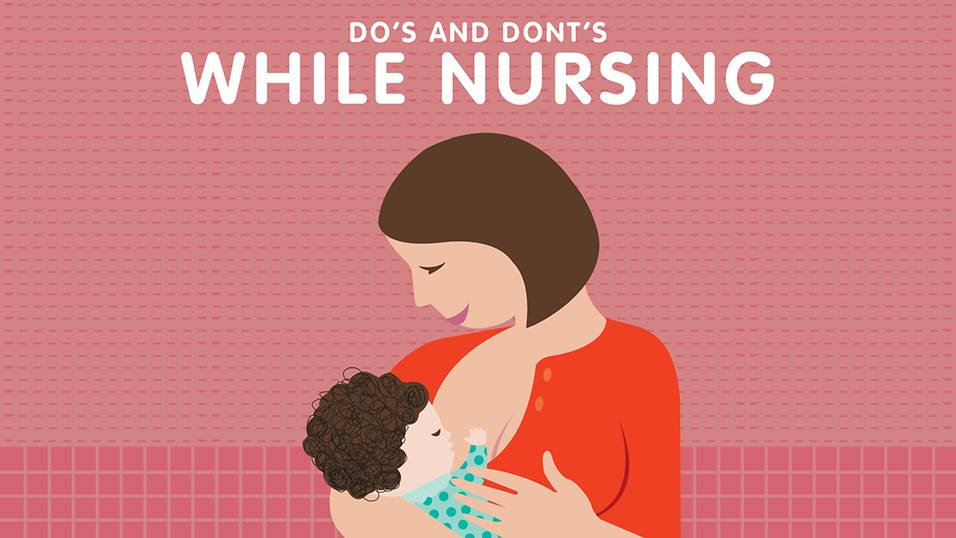
1. Start breastfeeding your baby immediately right after she is born
Soon after delivery hold your baby close to give skin to skin body contact in the delivery room & also start breastfeeding within half an hour of delivery. Colostrum, the breastmilk during the first 2-3 days after delivery, though scanty, is highly nutritious, protective & also sufficient for the baby.
Do not give glucose/jaggery/sugar/plain water or honey before the first breastfeed (No Prelacteal feeds)
2. Keep at it
Breastfeed every two hours in the beginning. Keep trying, even if the flow of the breastmilk appears to be slow or completely blocked. The more you try in the first 7 to 10 days, the easier it will get for you. Keeping your baby with you in the same bed may actually help getting more milk.
Do not stop trying even if the breastmilk appears to be slow or completely blocked.
3. Feed your baby on cue
Sometimes people call that feeding on demand, but demand has such a negative connotation, whereas feeding on cue simply means feeding when your baby shows signs of hunger.
Babies may fuss and feed. Moreso there may be a particular time of the day when they will fuss regularly. Feeding may not help. Try singing to them, take them out for a stroll or an occasional ride to calm them.
4. Your breasts are never empty
Your breasts work like a glass with a tap running continuously into it. No matter how much your baby is feeding, you will never run out of milk. They’re designed for you to keep on feeding and feeding. Sometimes your baby will need to feed more, and your supply will very rapidly increase to meet the need for more milk. Frequent breastfeeding sessions help bolster a strong supply. This feature of breastfeeding also ensures that your baby will have enough to eat as her appetite increases. Even if you DO feel your breast empty, offer the other one until you find it feeling full again.
5. Get the baby to latch and unlatch from the breast correctly
As you begin to breastfeed, it’s very important to put your baby to latch on correctly to your breast to promote proper milk delivery, protect your breast from damage and avoid any issues & complications (there could be many painful ones, related to breastfeeding). If you have already signed up for Child-birth Preparation Program then it’s likely that you already know a lot about breastfeeding postures and latching and unlatching techniques. (If you haven’t, then you could call us at 9920991286 and sign up right away)
Do not live with breast-pain or cracked nipples. Seek help from a doctor or lactation expert.
6. DON’T freak out about low supply
Low supply can undoubtedly be a problem, but most of the things we’ve come to see as symptoms for low supply, are actually perfectly normal breastfeeding nuances. How much you can pump, a baby who fusses at the breast, not feeling full or noticing a letdown, taking a bottle after they finish breastfeeding, breastfeeding for hours on end, and others are NOT NOT NOT signs of low supply.
Watch your baby closely. Are there plenty of wet and dirty nappies? Are they gaining weight or losing it? Your child’s doctor will be able to point it out to you if the baby is not gaining weight adequately.
7. Stay calm and hydrated
Keep a glass of warm milk or any other nutritious drink handy as you get down to feed the baby. Sipping while you feed will help you stay calm, hydrated and also keep up with the increased calcium requirement for the baby.
8. Say Nope to Soap